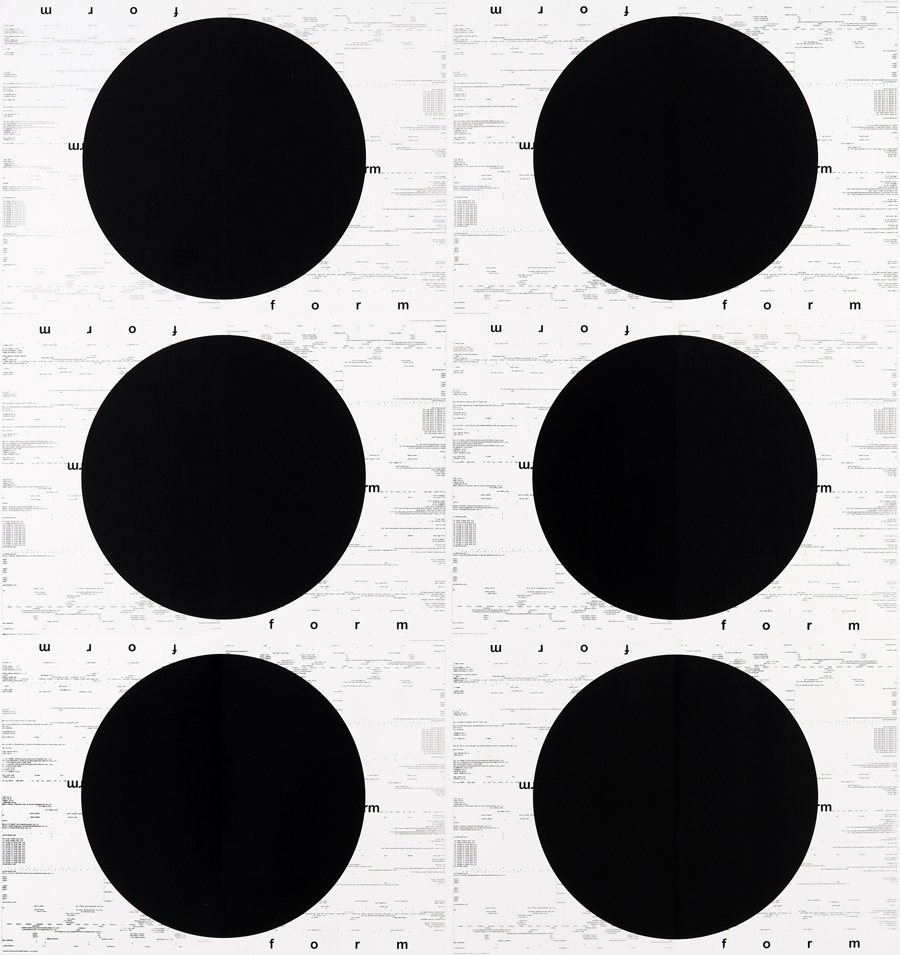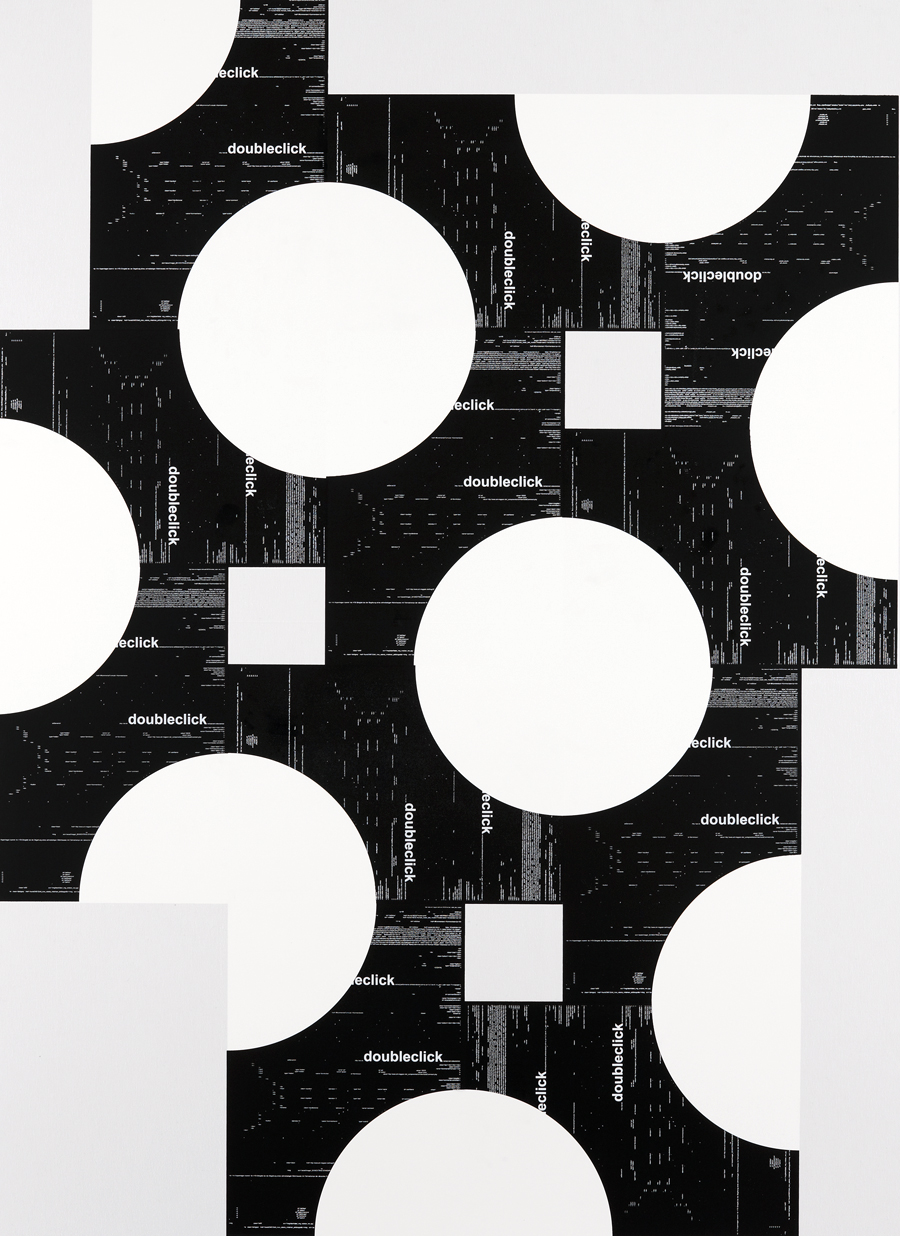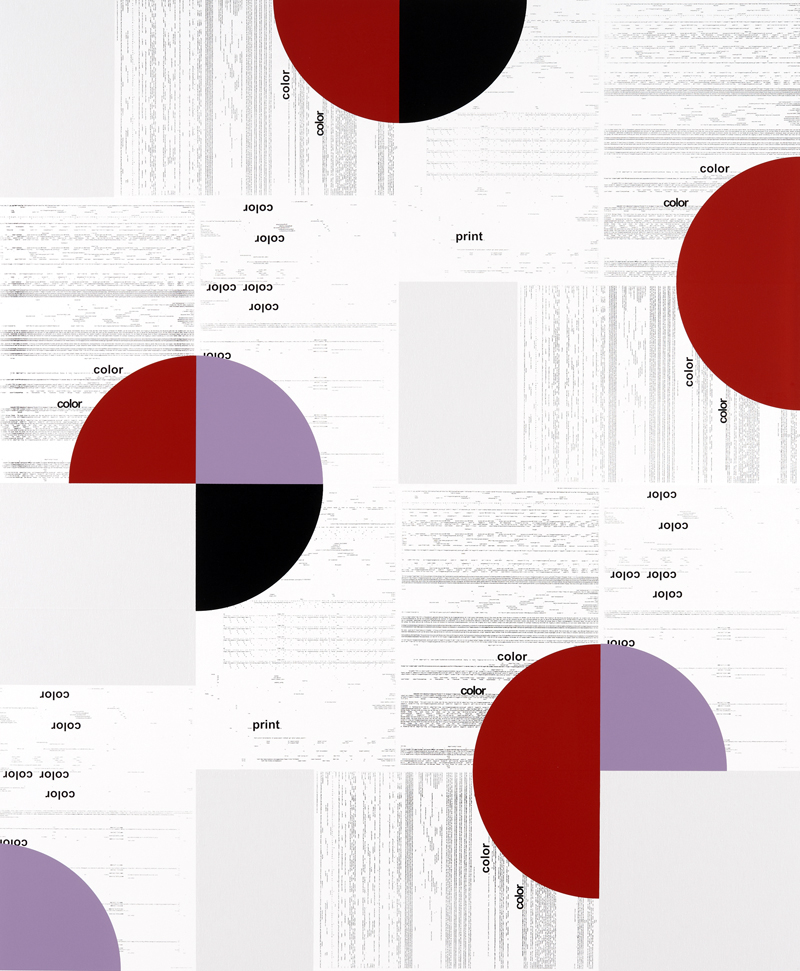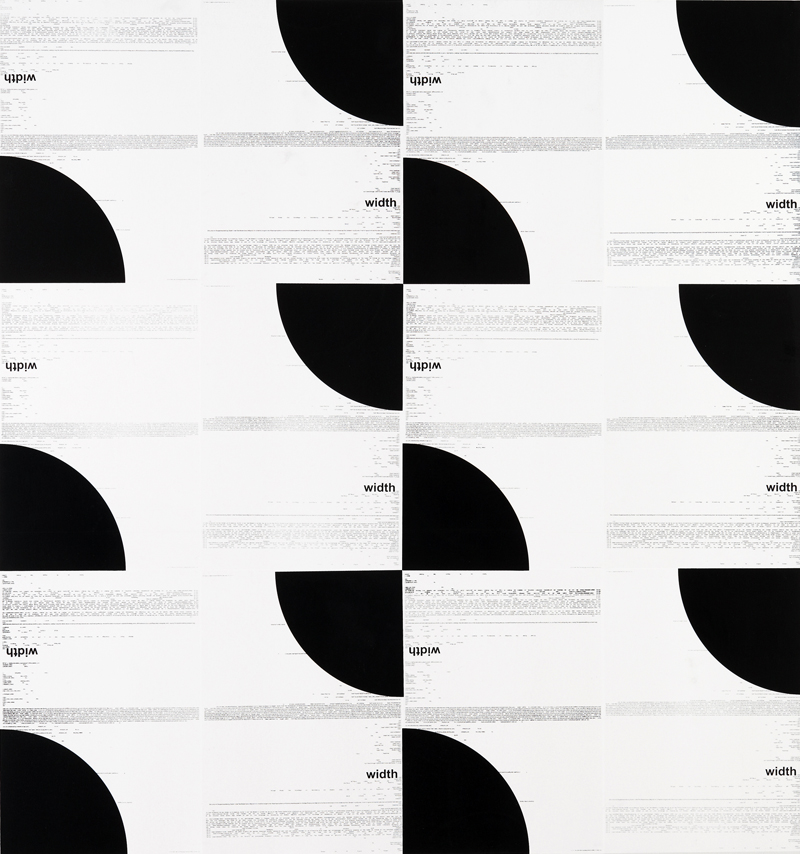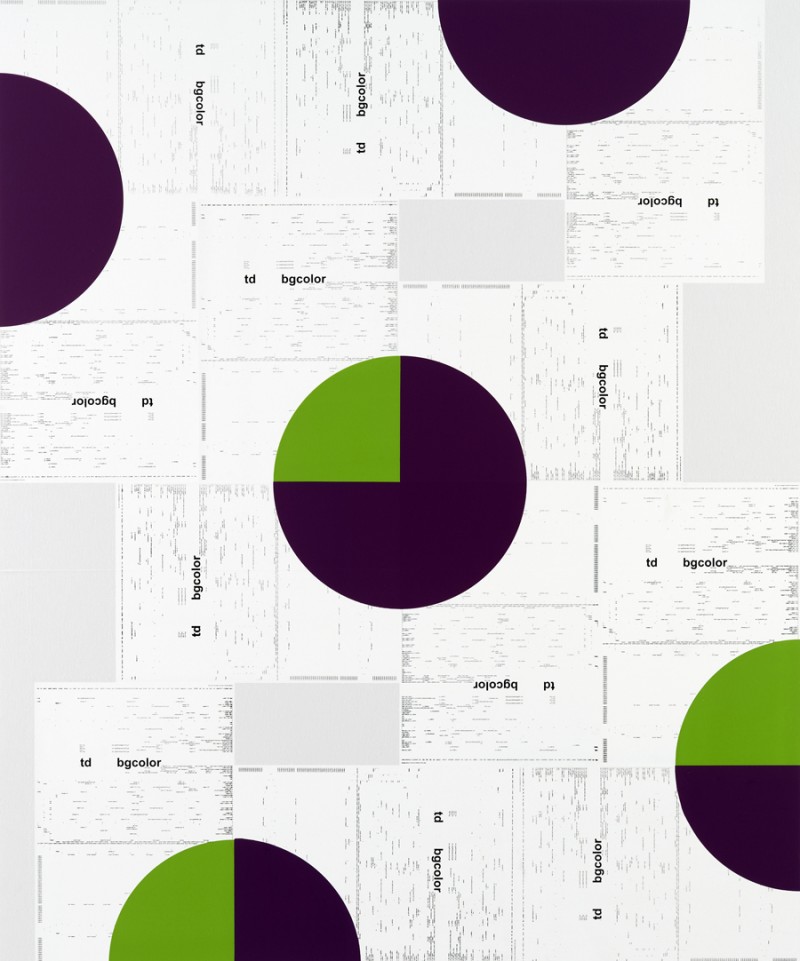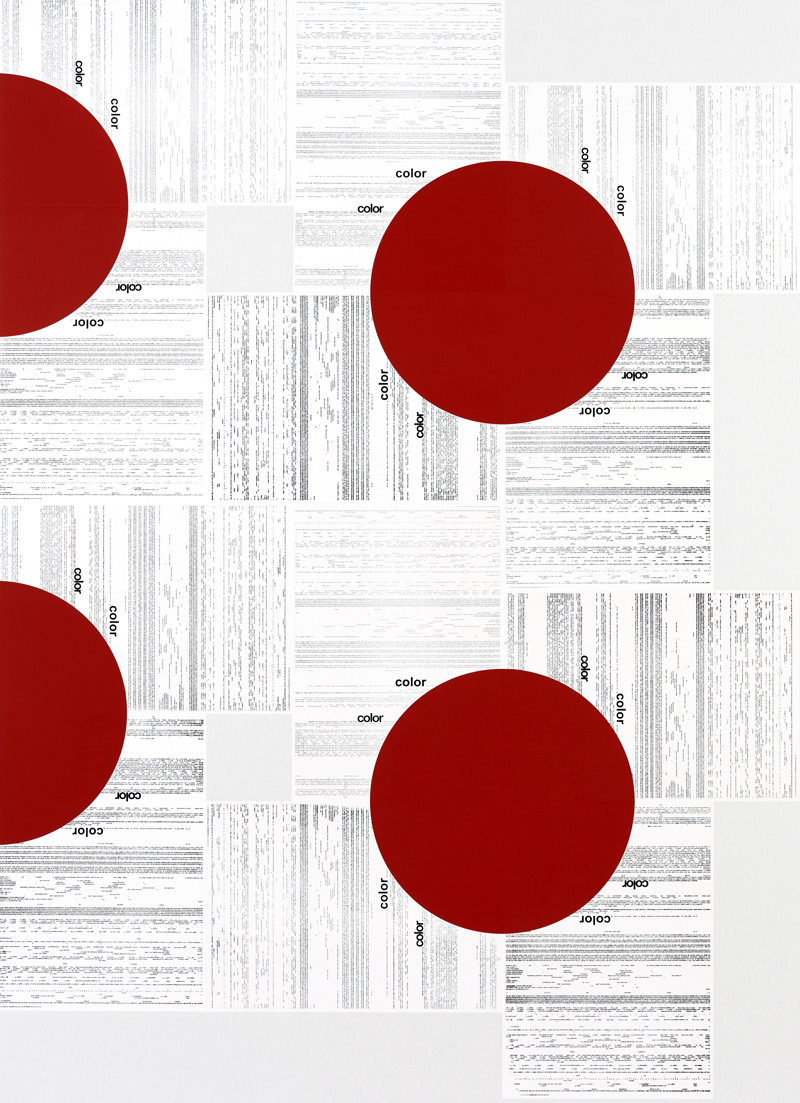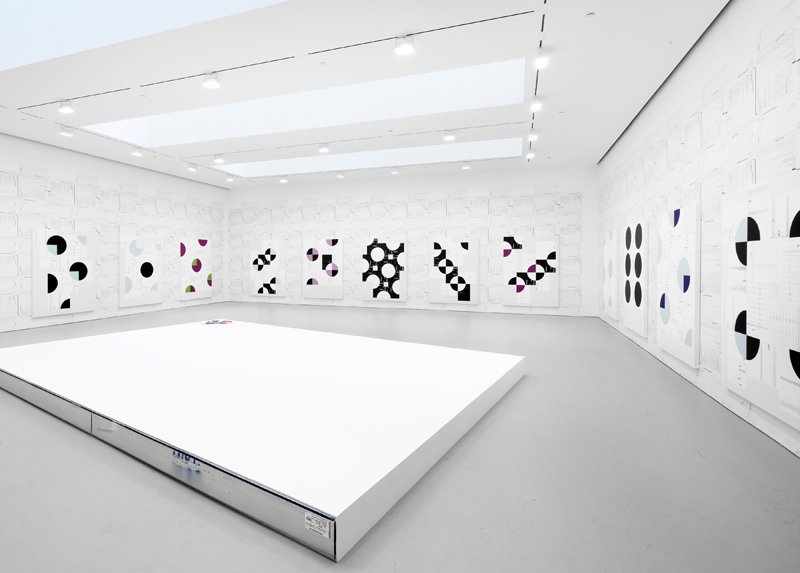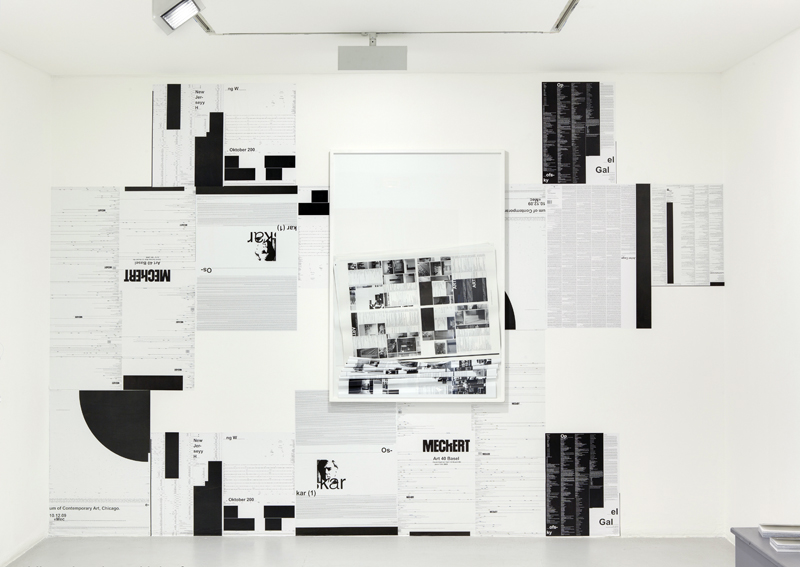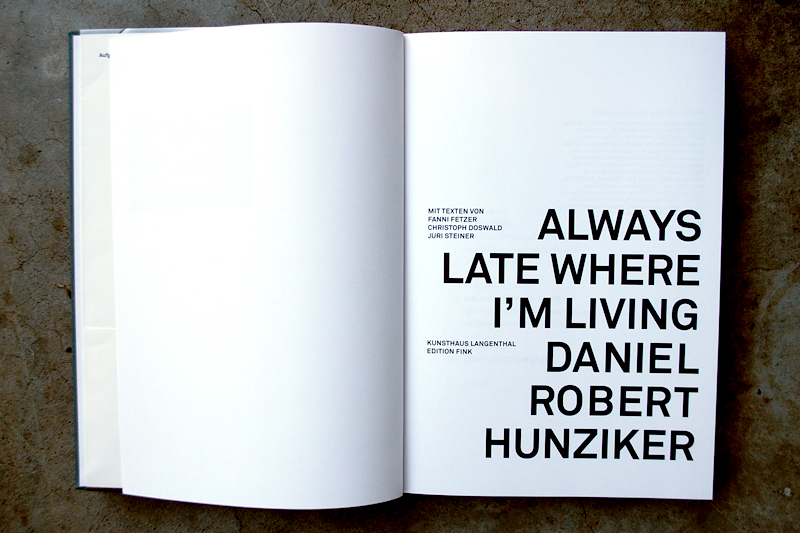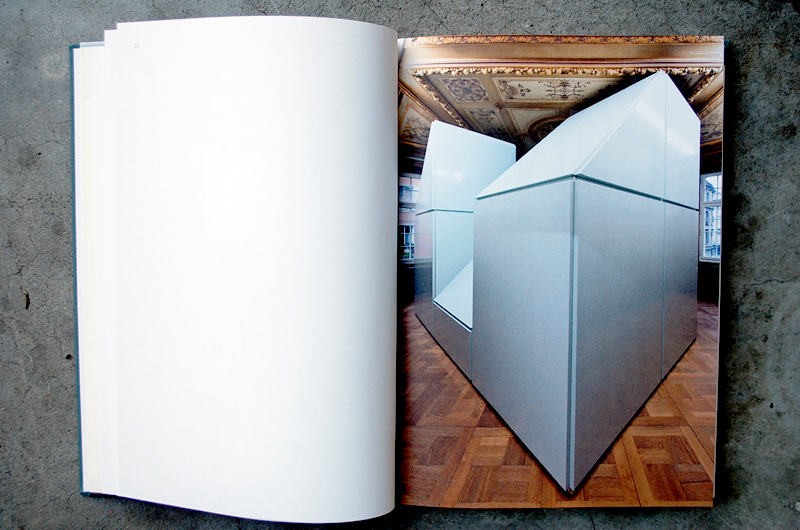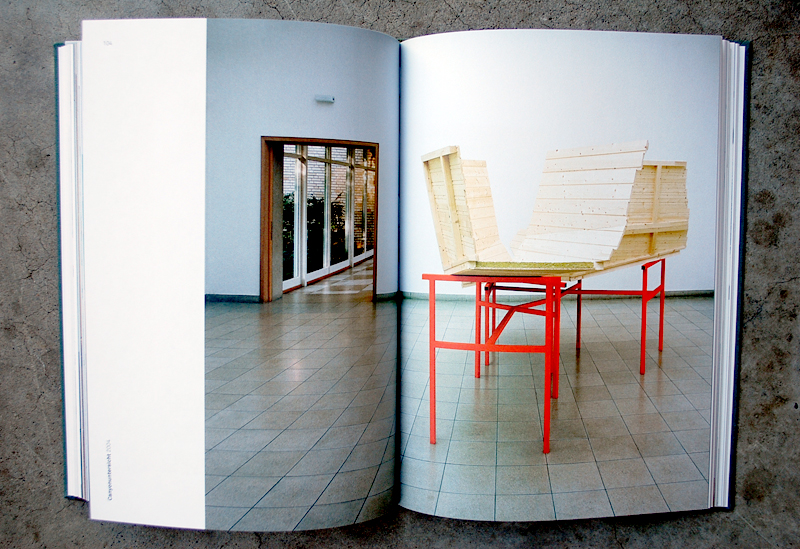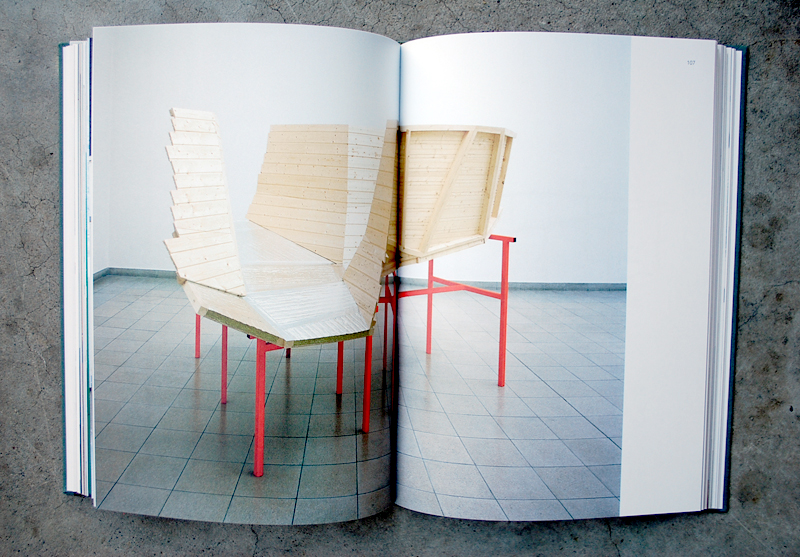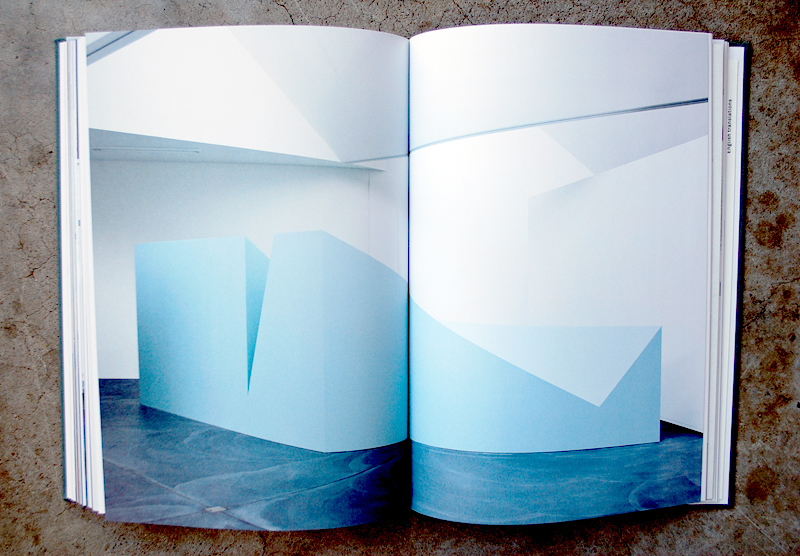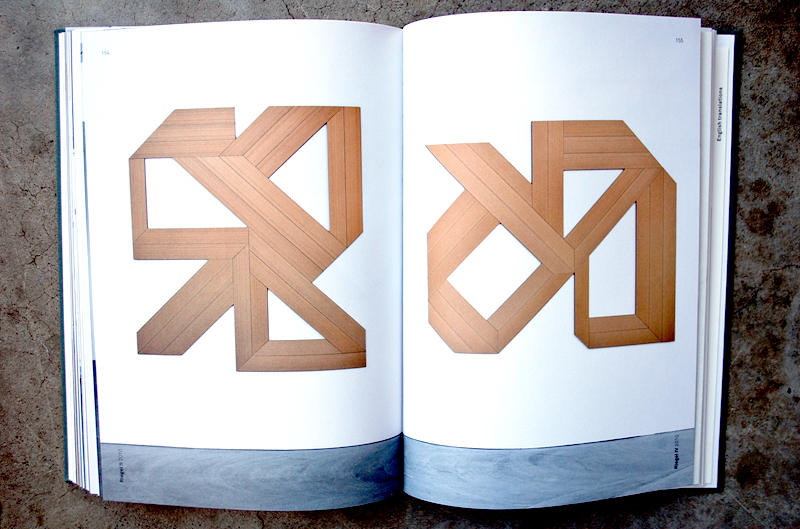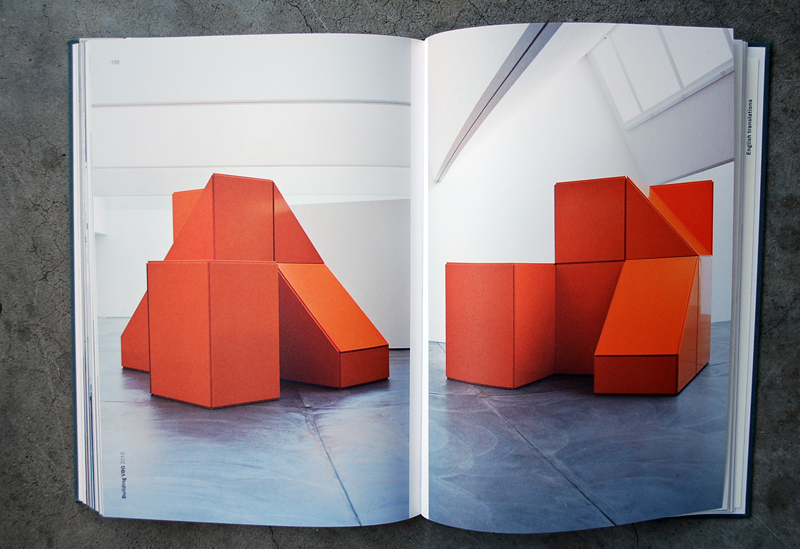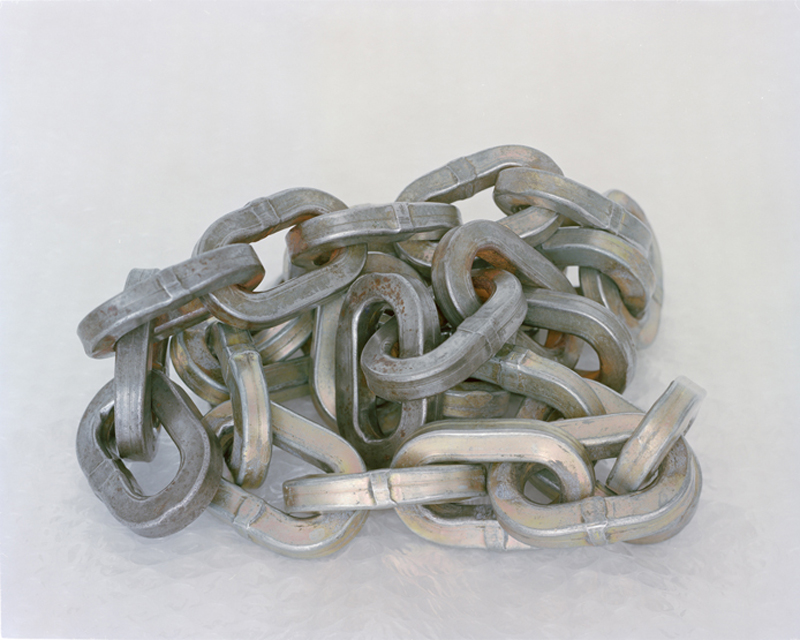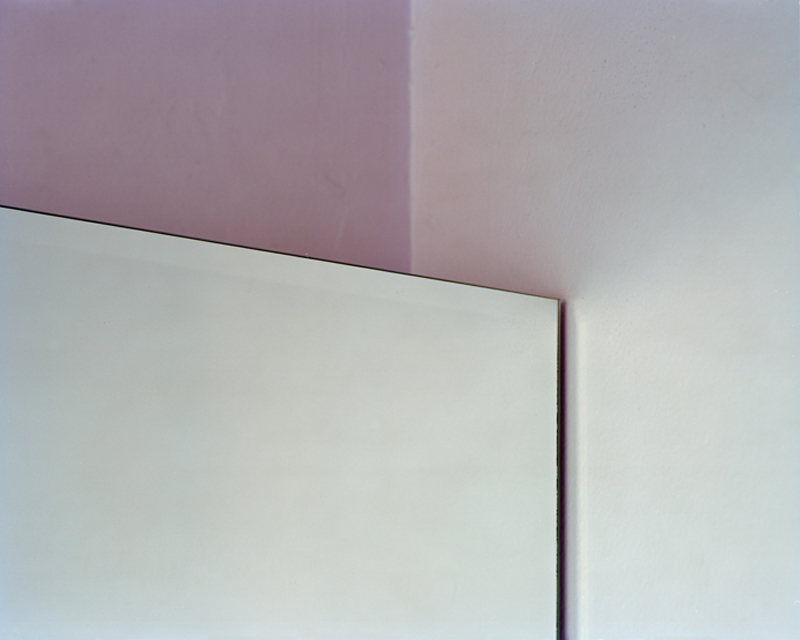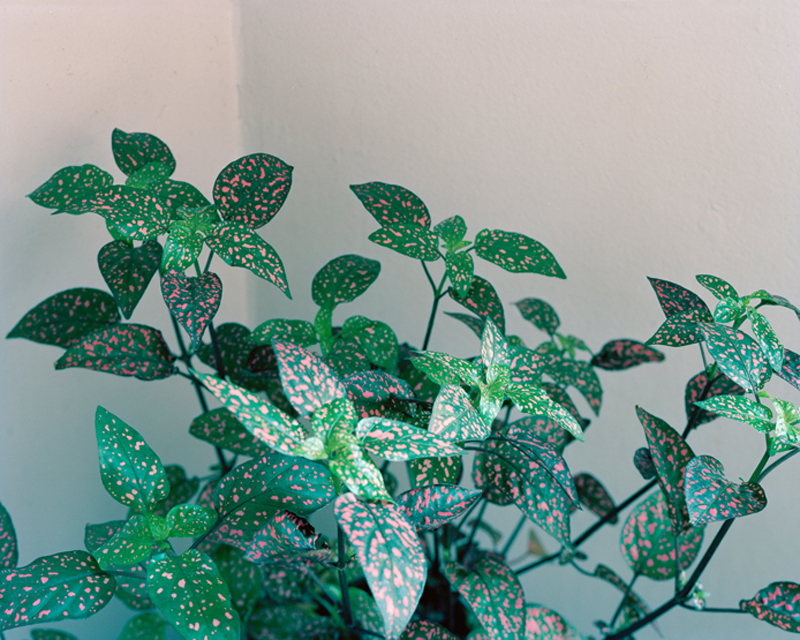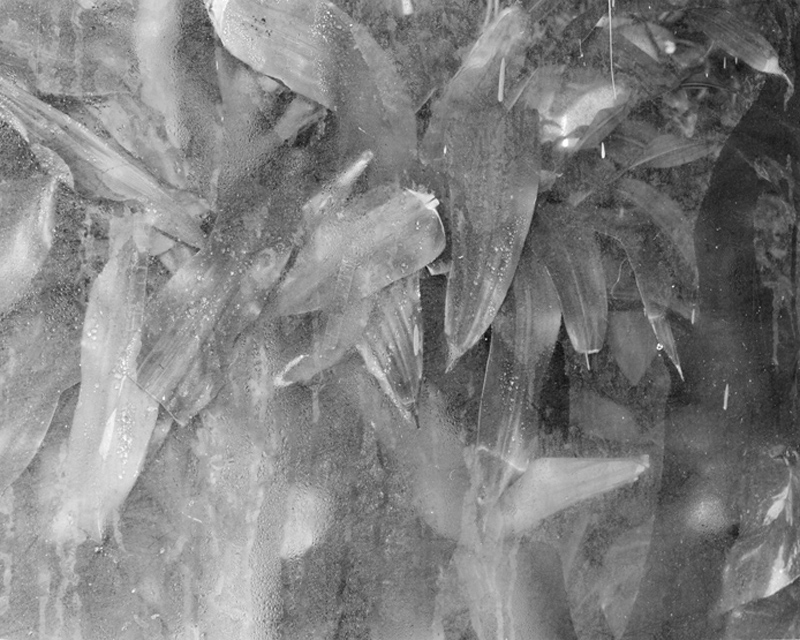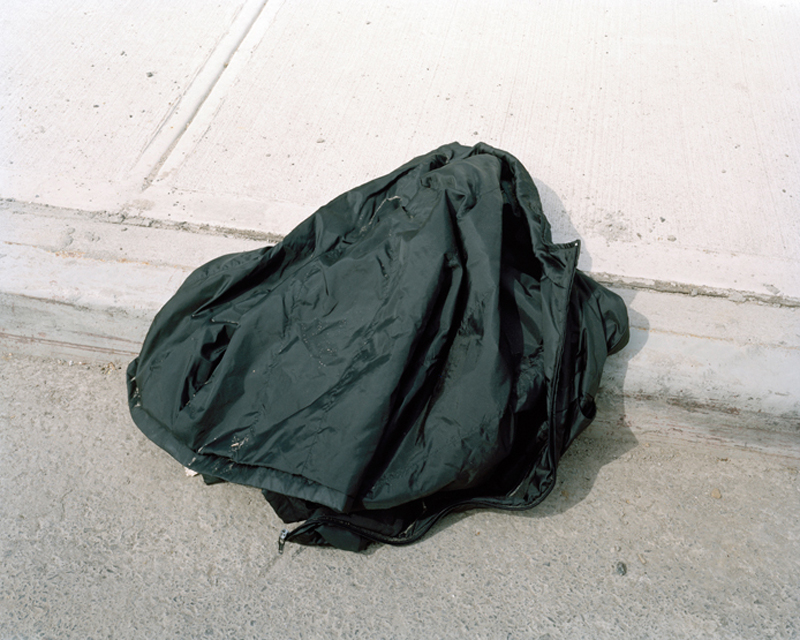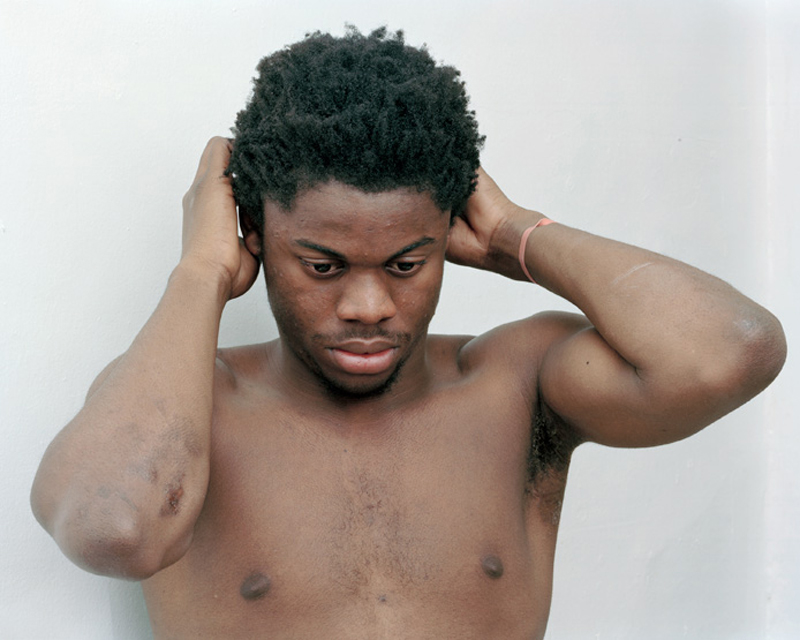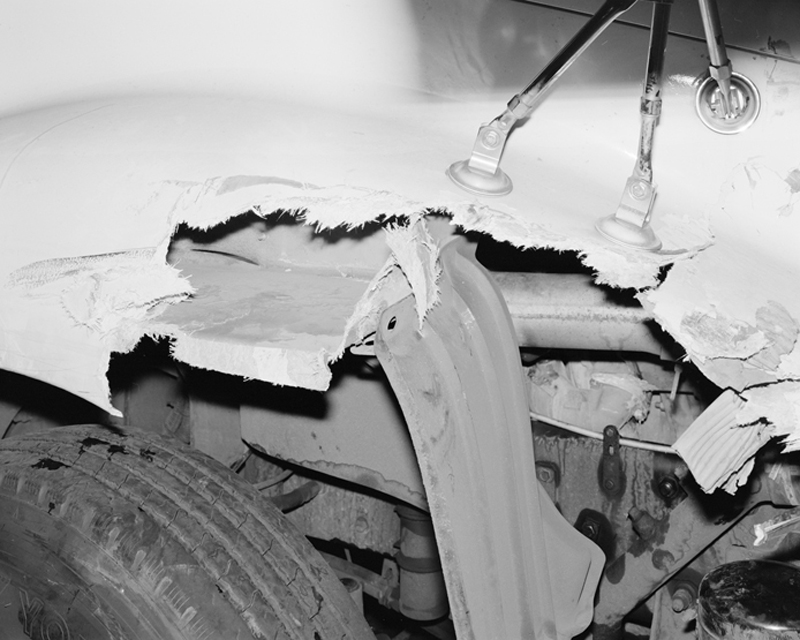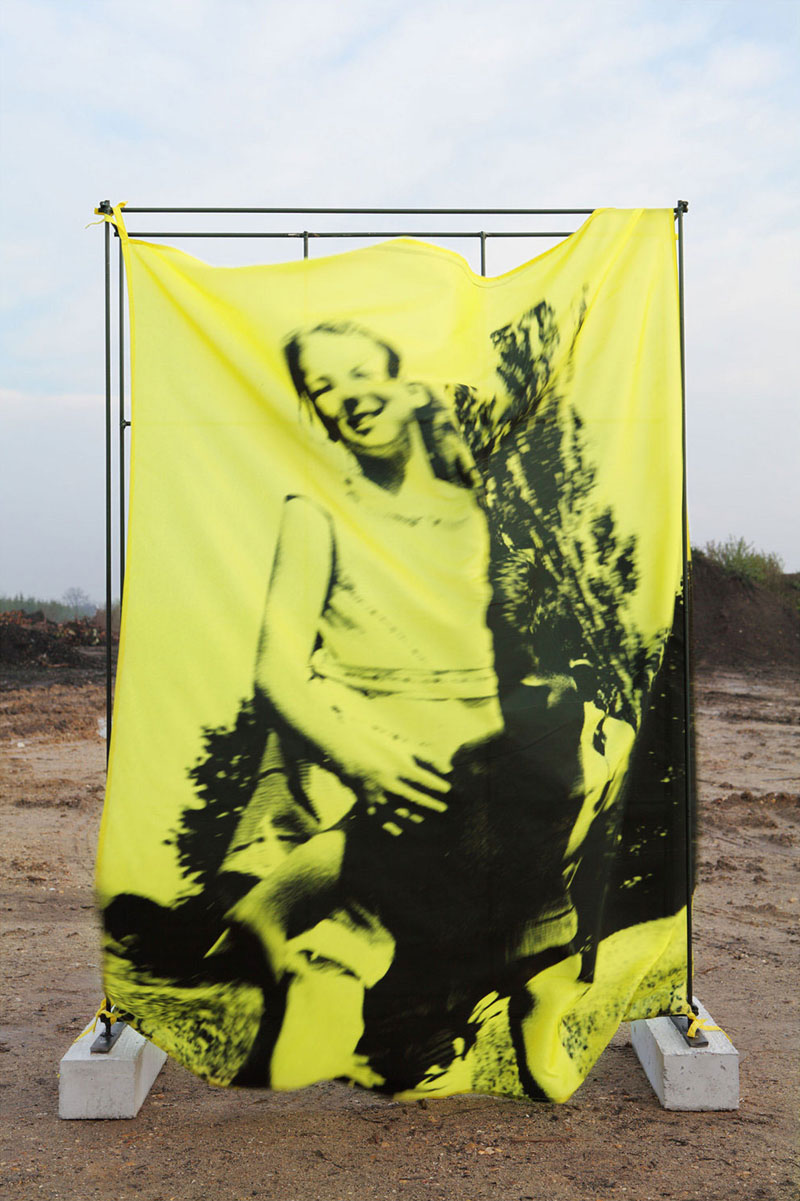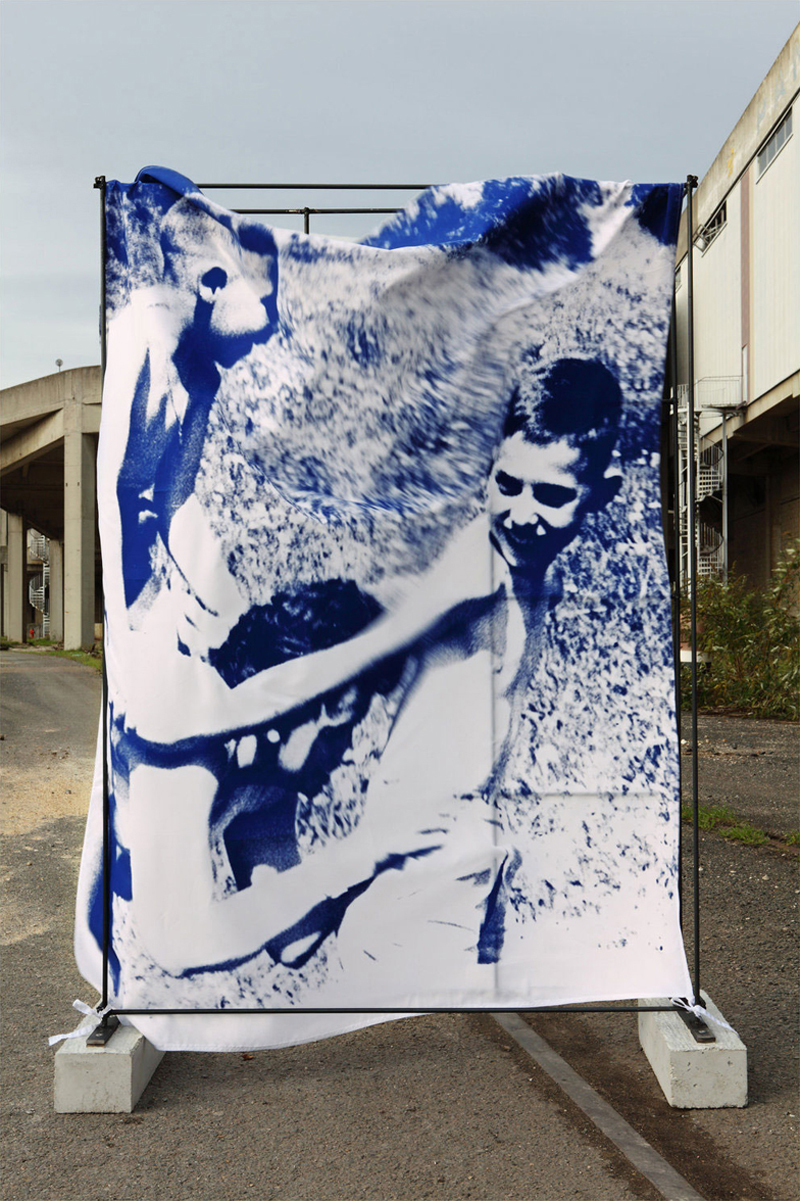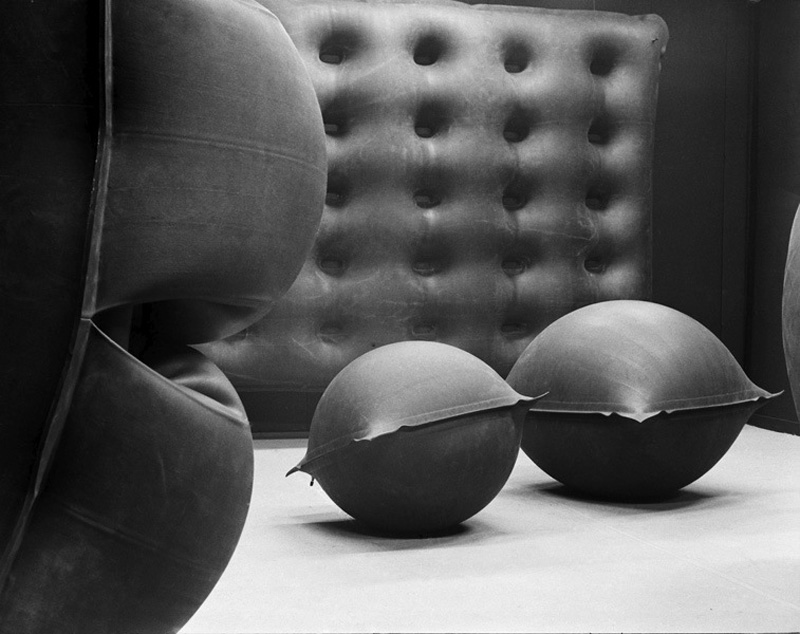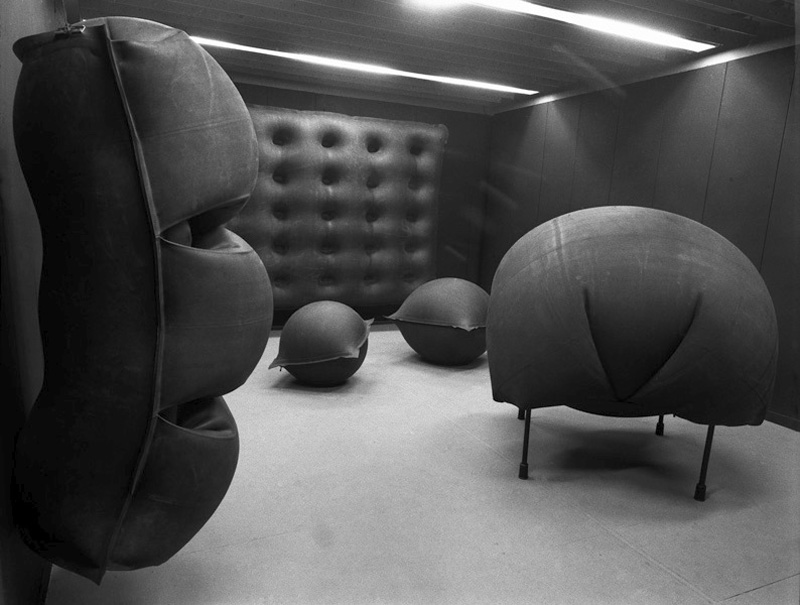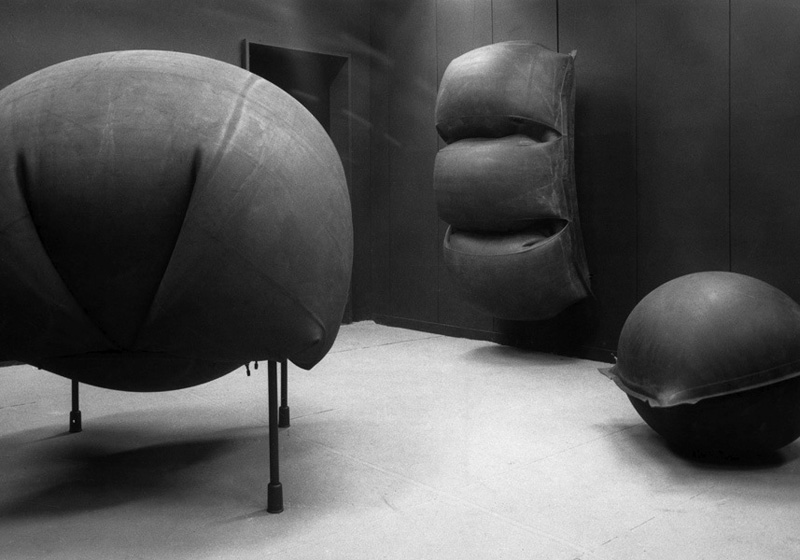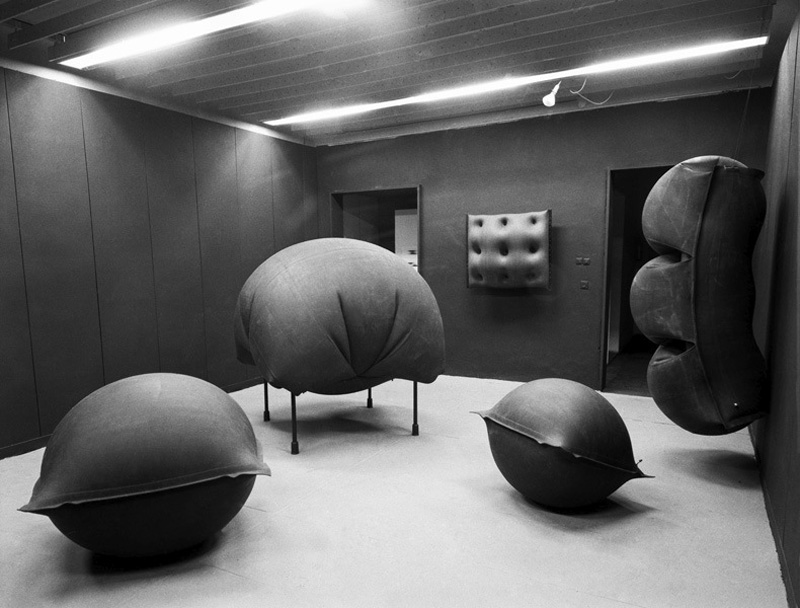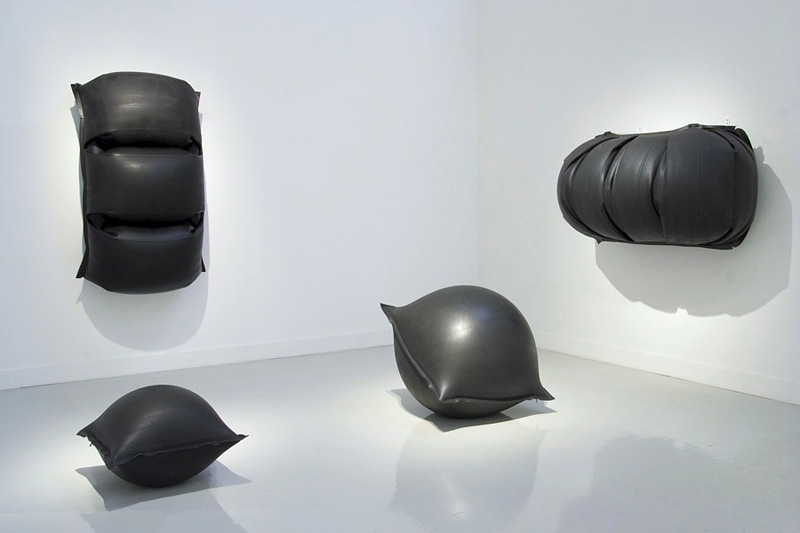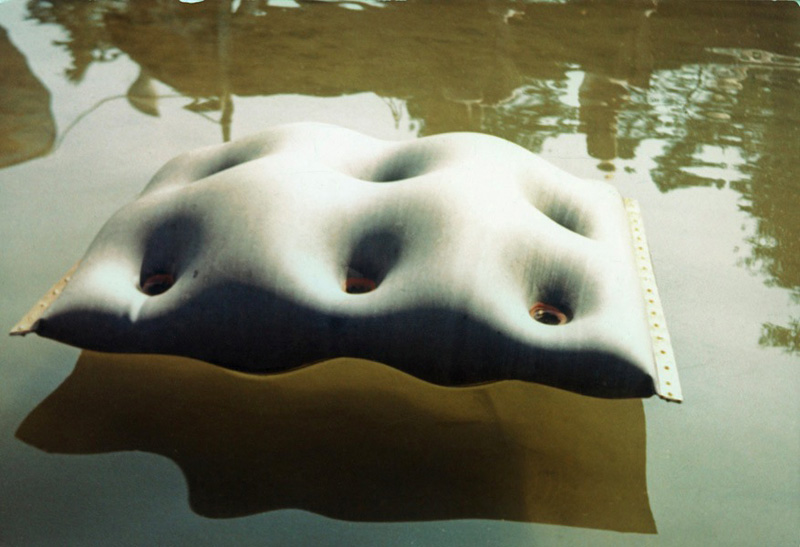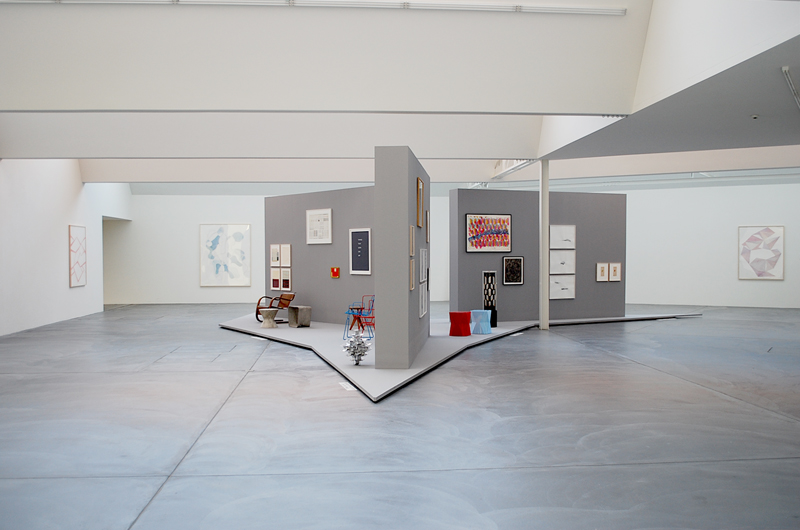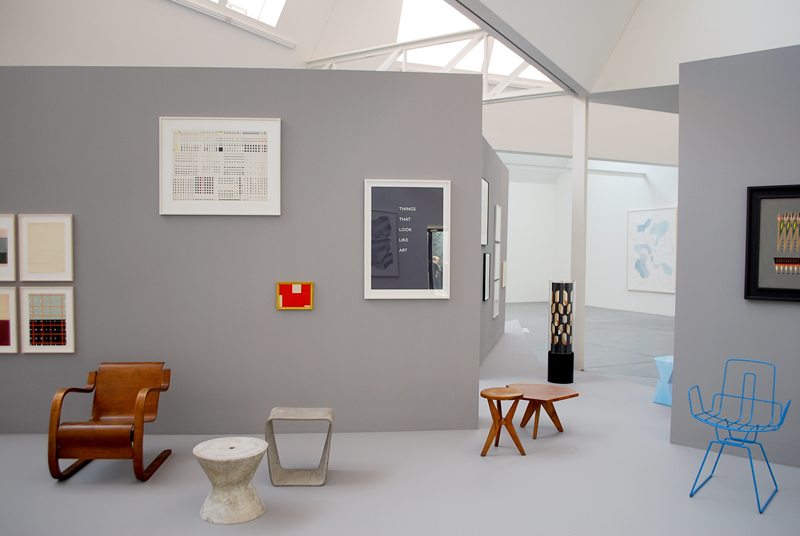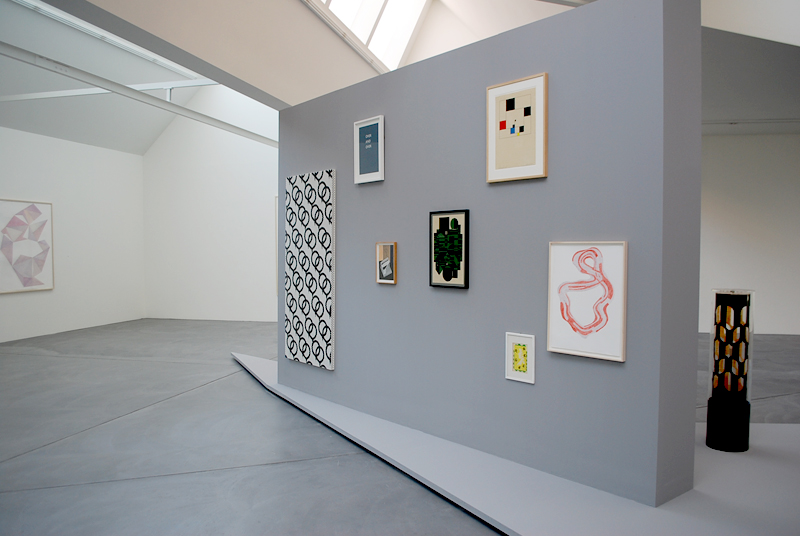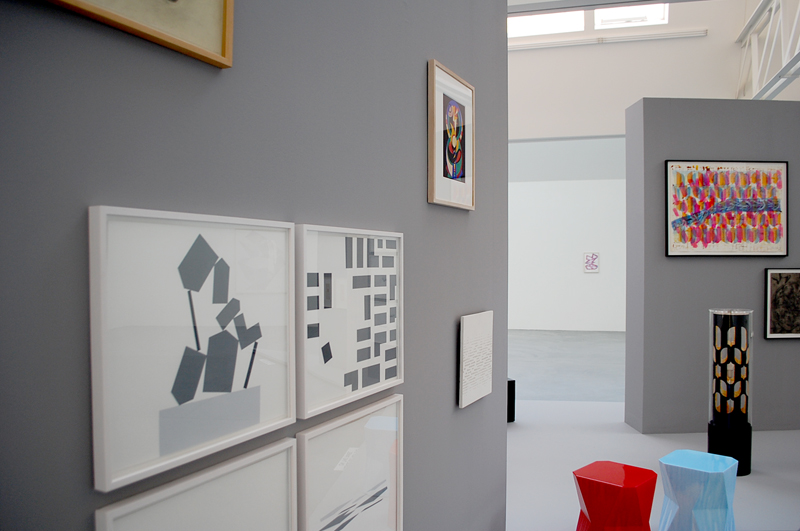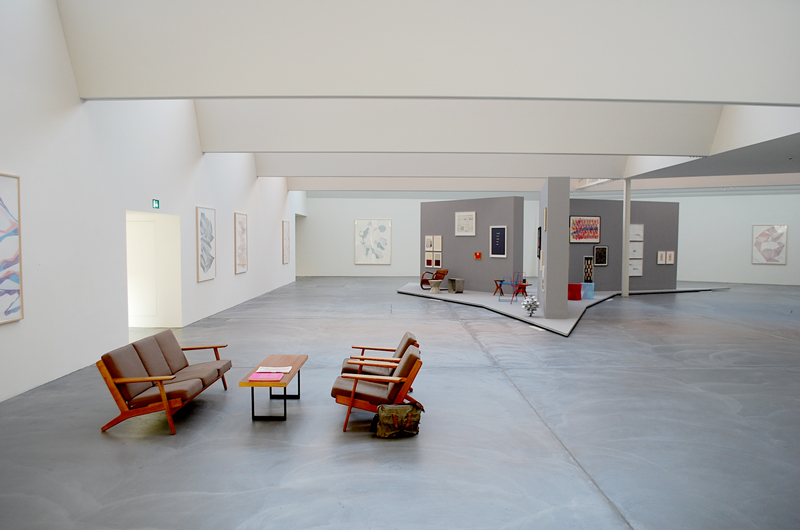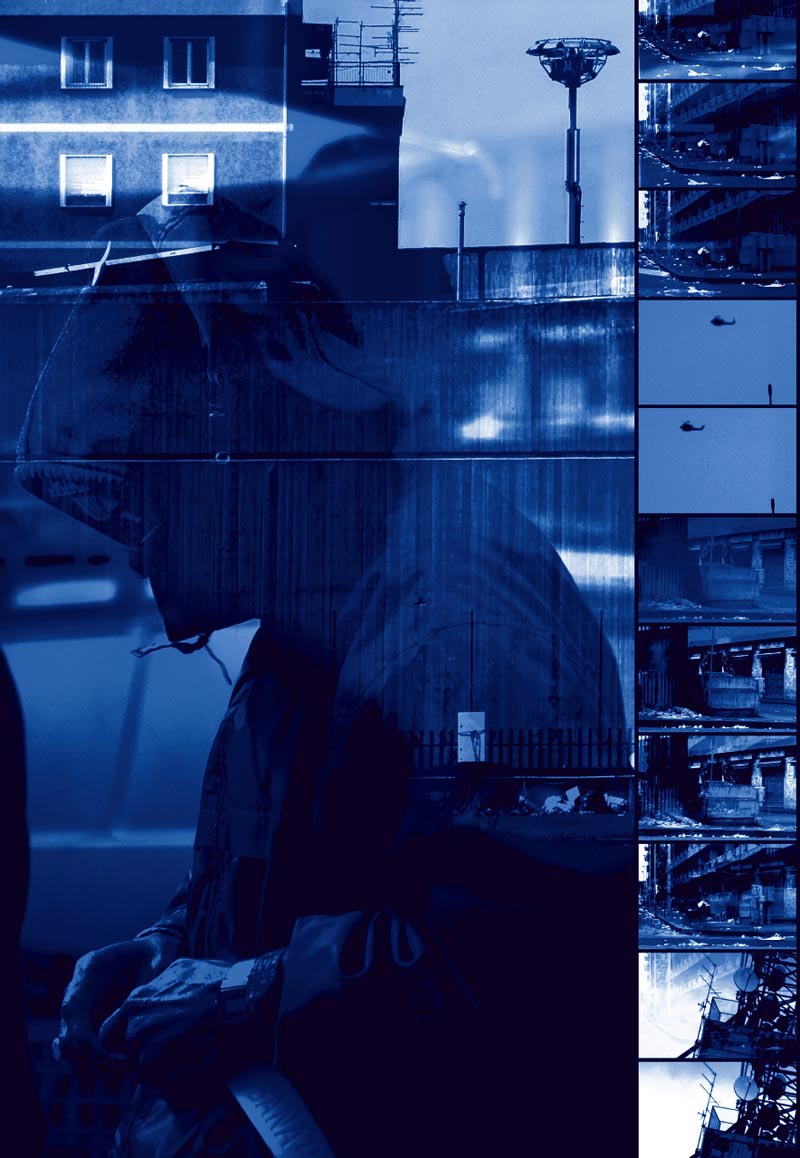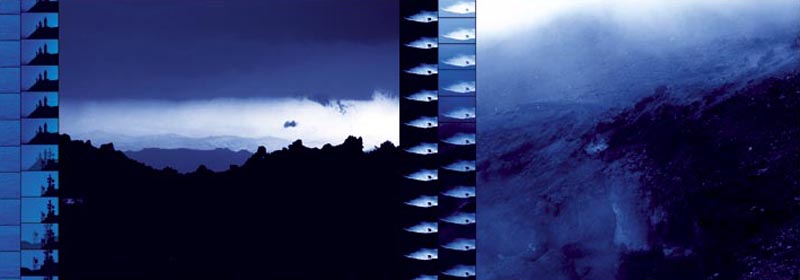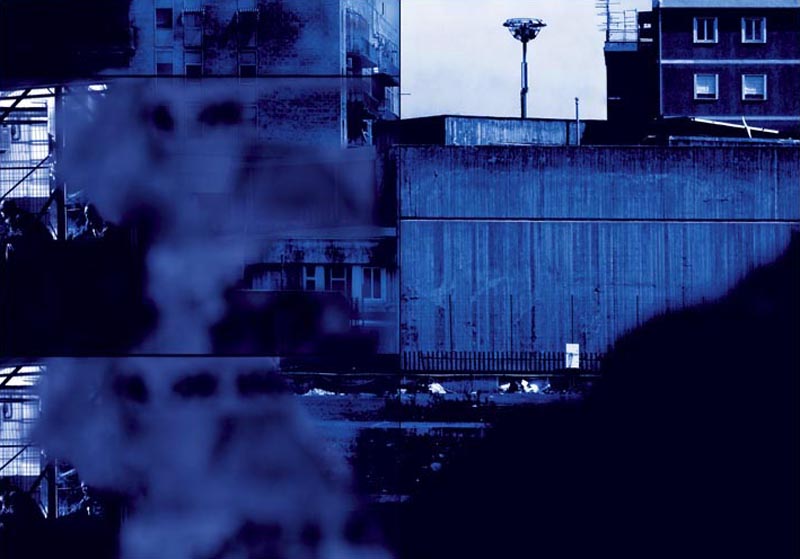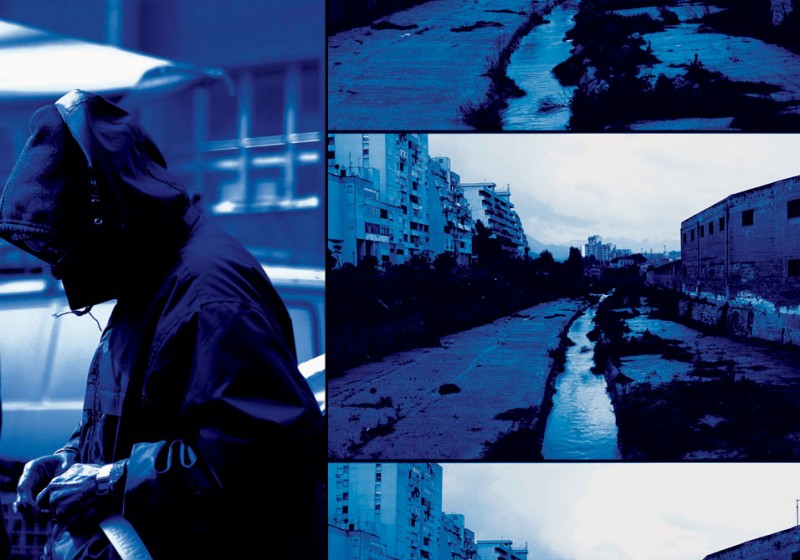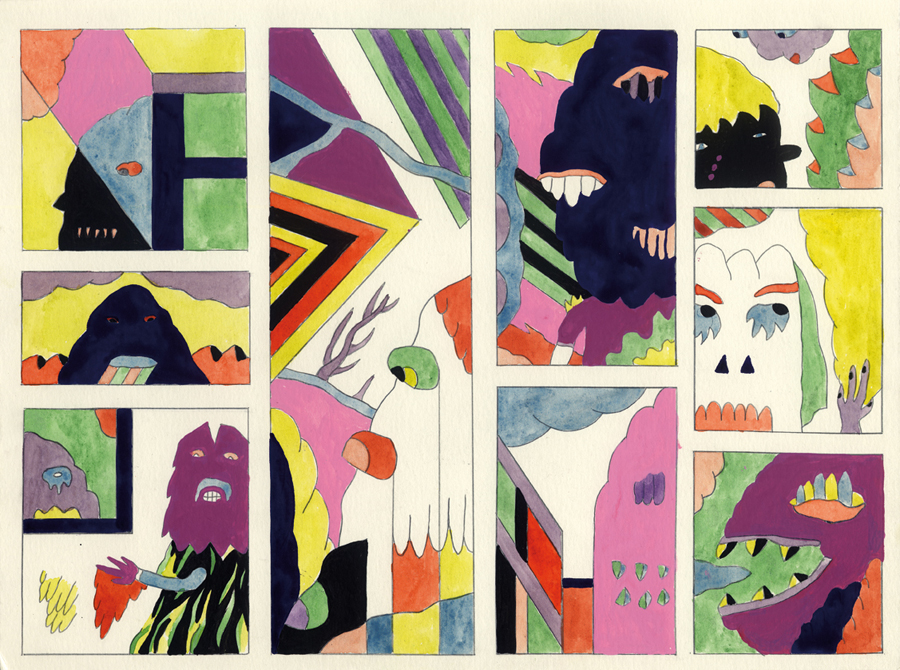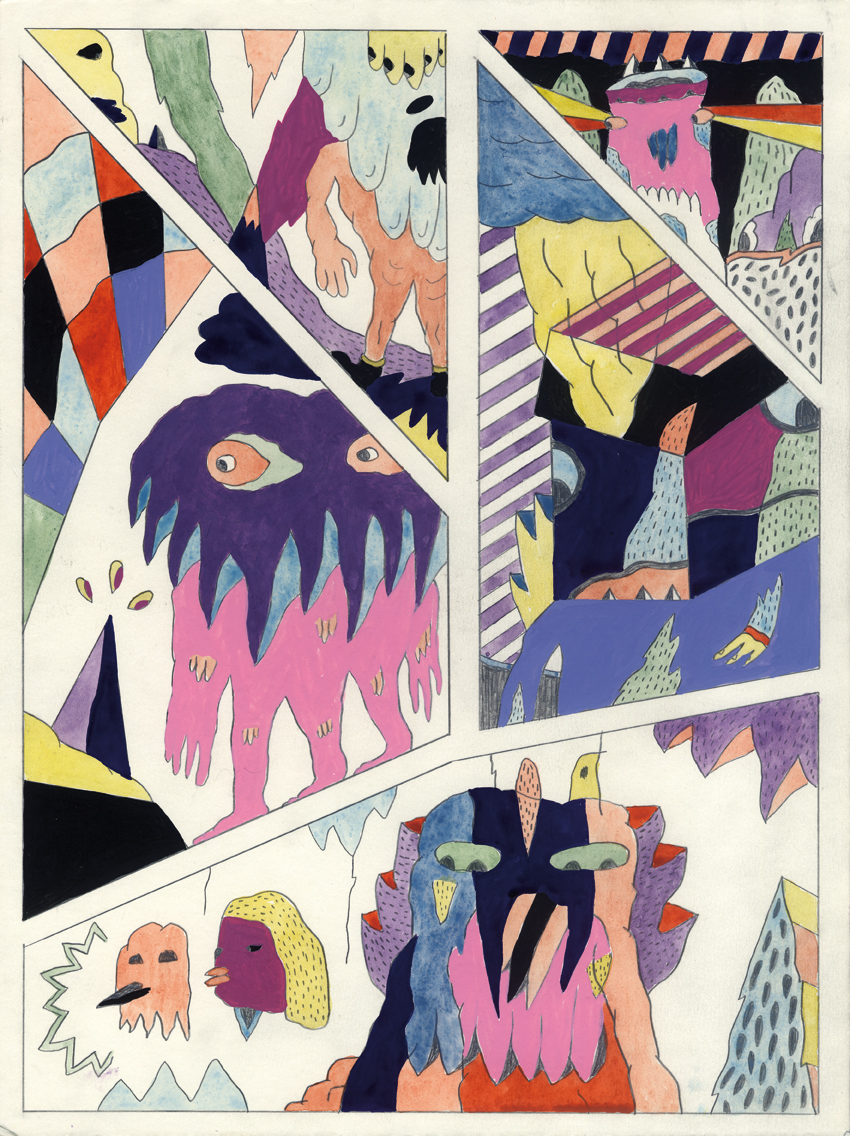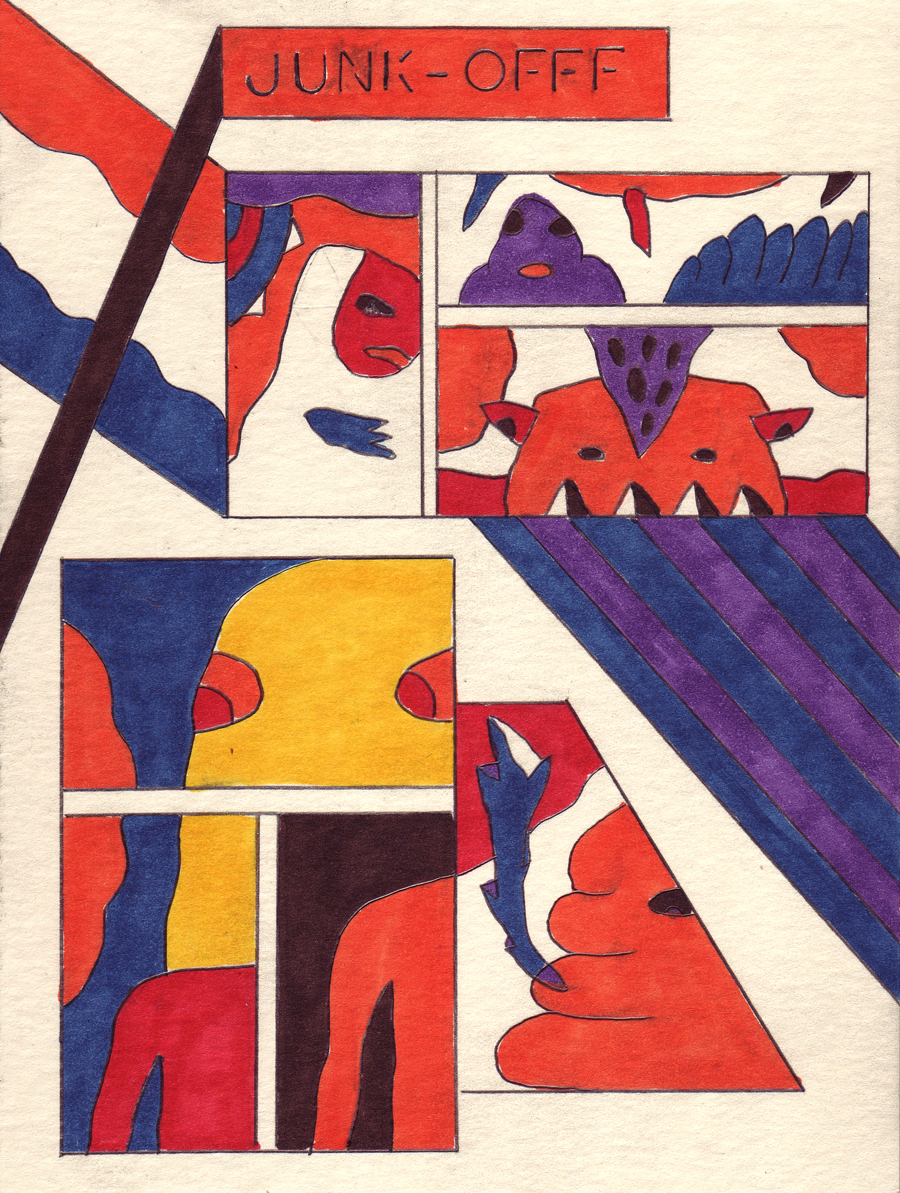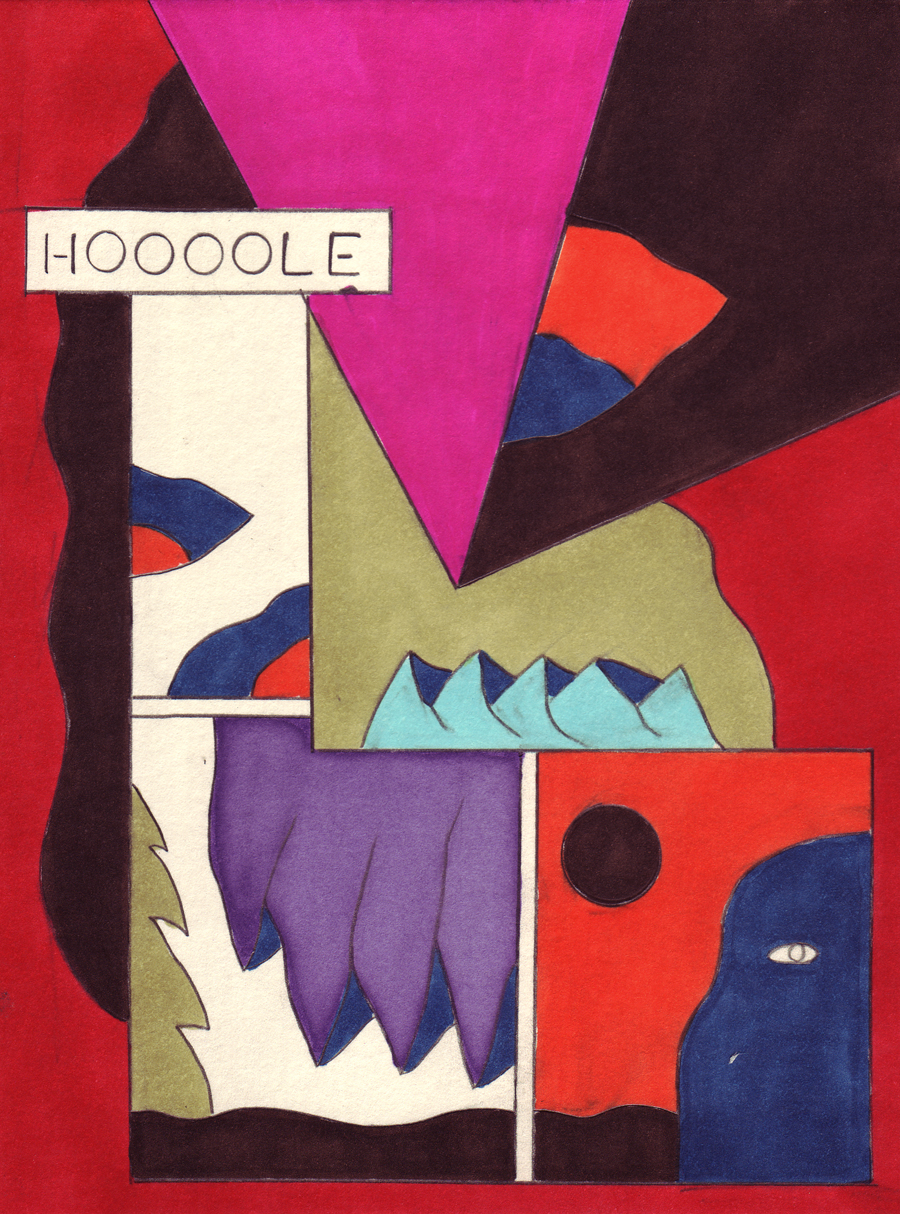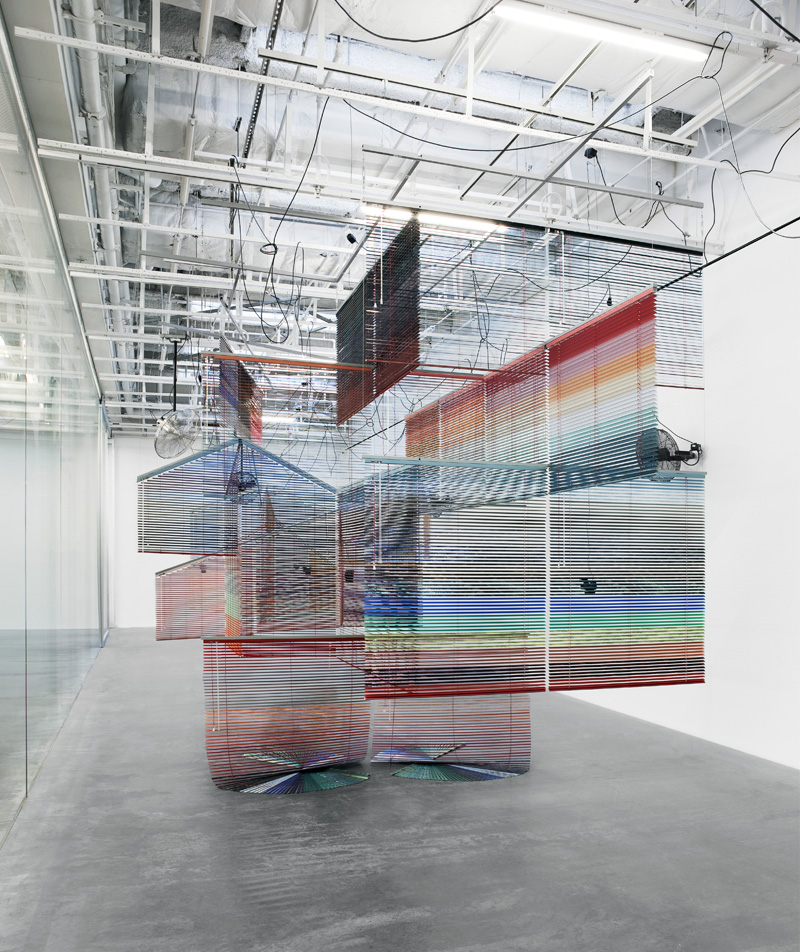
Series of Vulnerable Arrangements, Voice and Wind, 2010
Installation view, “Voice and Wind” at New Museum, New York
© New Museum, New York. Photo by BENOIT PAILLEY
–
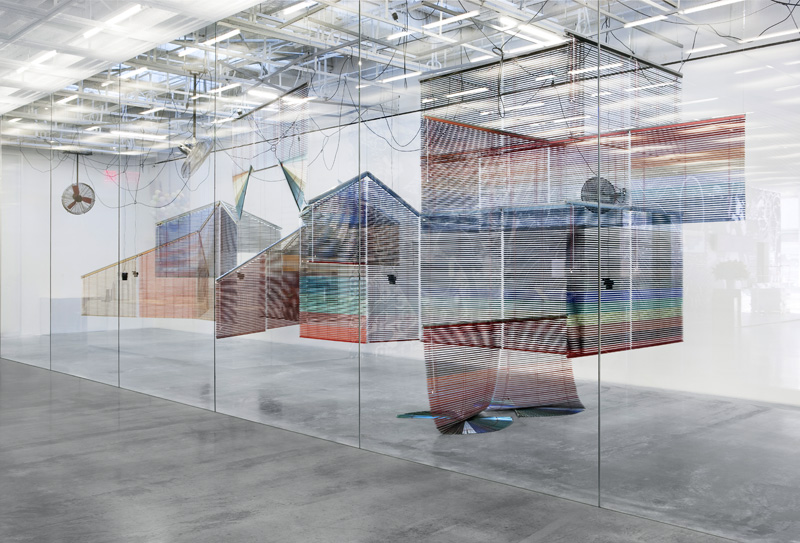
Series of Vulnerable Arrangements, Voice and Wind, 2010
Installation view, “Voice and Wind” at New Museum, New York
© New Museum, New York. Photo by BENOIT PAILLEY
–

Series of Vulnerable Arrangements, Domestic of community, 2009
Installation view at 53rd International Art Exhibition Venice Biennial
© Galerie Barbara Wien, Berlin
–
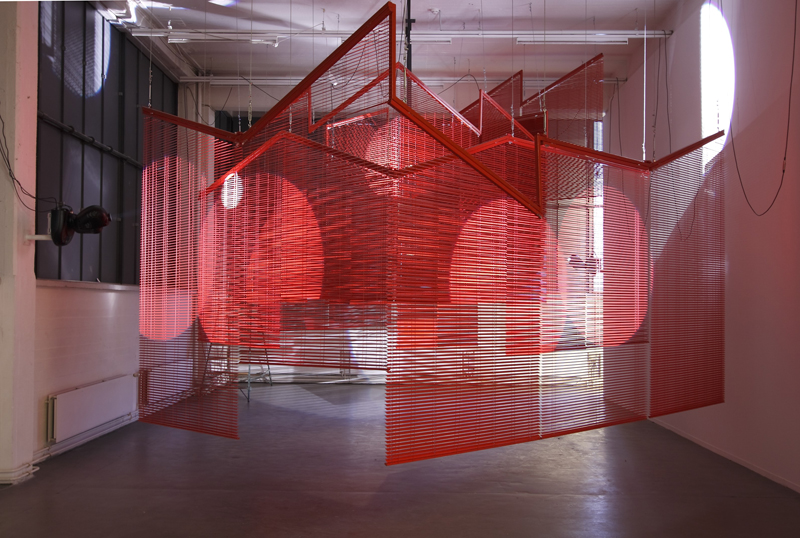
Mountains of Encounter, 2008
Installation view of WHOSE HISTORY at the Kunstverein in Hamburg, Germany, 2008
Photos: FRED DOTT. © Galerie Wien Lukatsch, Berlin, Germany
–
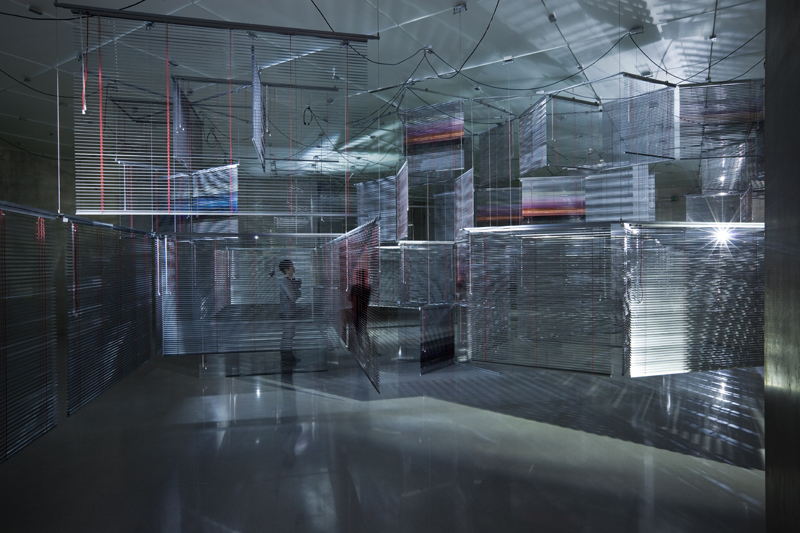
Cittadella, 2011. Installation view 2nd floor, Kunsthaus Bregenz
Photo: MARKUS TRETTER © Kunsthaus Bregenz, HAEGUE YANG
–
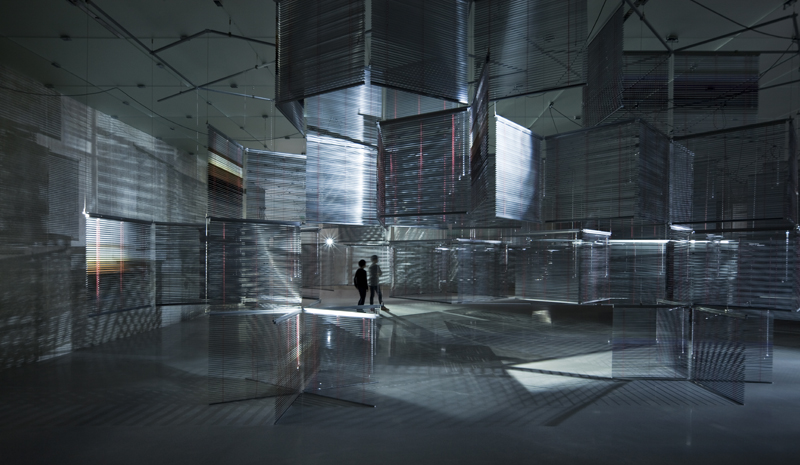
Cittadella, 2011. Installation view 2nd floor, Kunsthaus Bregenz
Photo: MARKUS TRETTER © Kunsthaus Bregenz, HAEGUE YANG
–
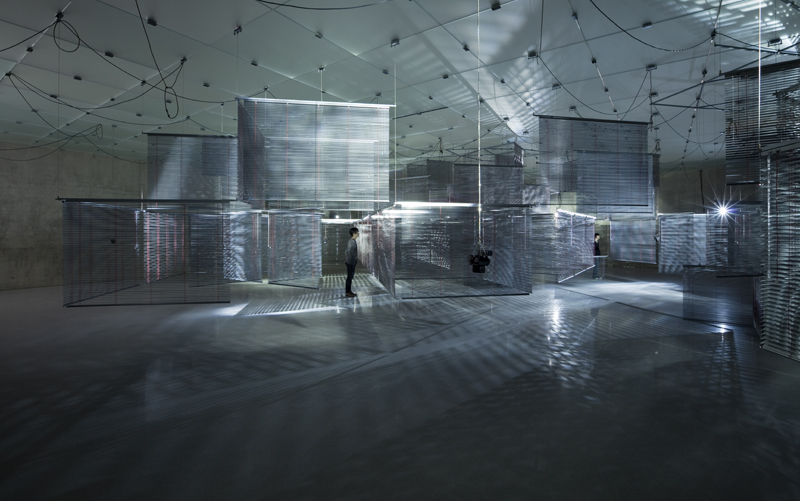
Cittadella, 2011. Installation view 2nd floor, Kunsthaus Bregenz
Photo: MARKUS TRETTER © Kunsthaus Bregenz, HAEGUE YANG
–
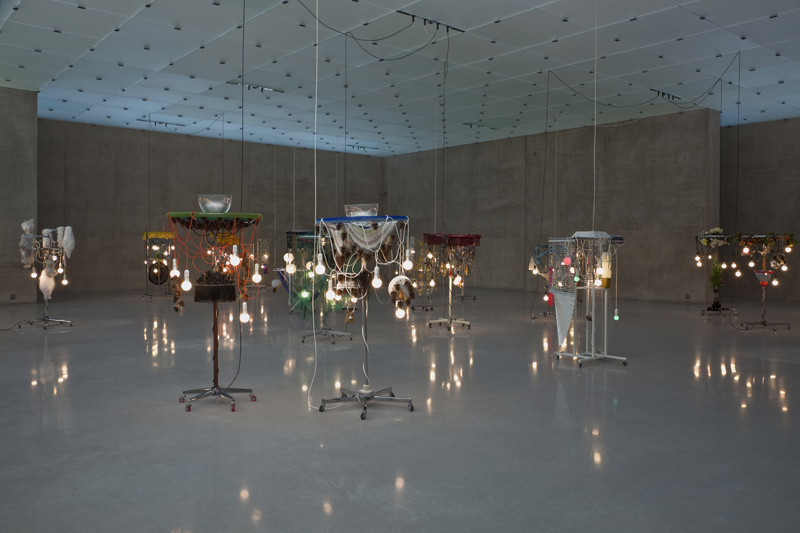
Warrior Believer Lover, 2011. Installation view 3rd floor, Kunsthaus Bregenz
Photo: MARKUS TRETTER © Kunsthaus Bregenz, HAEGUE YANG
–
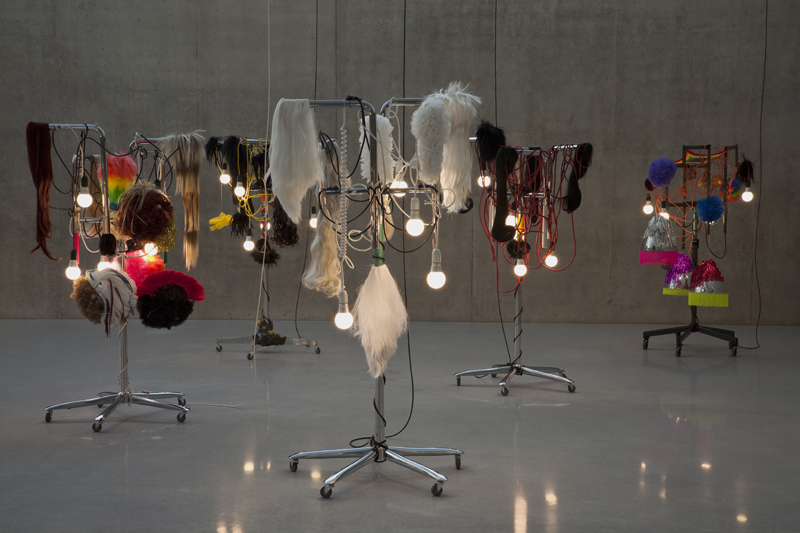
Warrior Believer Lover, 2011. Medicine Men, 2010
Installation view 3rd floor, Kunsthaus Bregenz
Photo: MARKUS TRETTER © Kunsthaus Bregenz, HAEGUE YANG
–
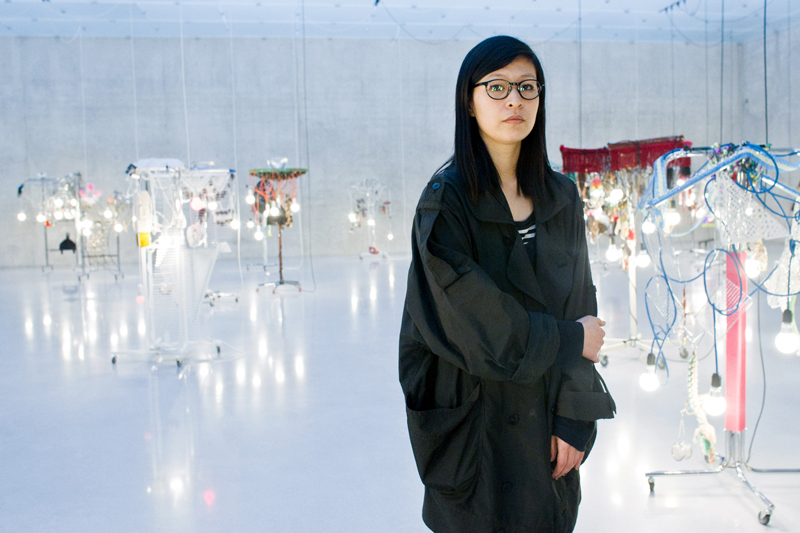
HAEGUE YANG.Photo: MIRO KUZMANOVIC/miromedia.net
© Kunsthaus Bregenz/MIRO KUZMANOVIC
–
HAEGUE YANG, born in 1971 in Seoul, is one of the leading artists of her generation; YANG has participated in numerous exhibitions internationally, and represented South Korea – after long consideration – at the 53rd Venice Biennial where she surprised visitors with complex installations, sculptures and videos in which their atmospheric intensity appear equally poetic and conceptual.
In her architectural interventions, and sculptures, she often employs commercially manufactured venetian blinds to explore hidden spaces that might be considered marginal, but to the artist constitute profound backdrops for understanding vulnerable sites where informal development can occur. In these works, artificial approximations of sensual experiences such as heat, light, and humidity conjure other places, other people, comfort, distress, the familiar, or perhaps something profoundly forgotten.
Ranging from industrial fan to fog machines and scent dispensers, these appliances clicked on and off at intervals, triggered by the movements of visitors, releasing faint wafts of vapour and altering the stability of the blinds as suspended barriers. Bearing no particular relation to one another, the objects appeared as an oddly animated group, connected by a sprawling system of wires giving visitors an immersive sensory experiences.
And good news: you can view in person “Arrivals”, her exhibition at Kunsthaus Bregenz until 3rd April 2011. Additionally “Siblings and Twins”, the exhibition catalog which documents HAEGUE YANG‘s installations at Portikus, Frankfurt in 2008 is now available in the WFW Store.


